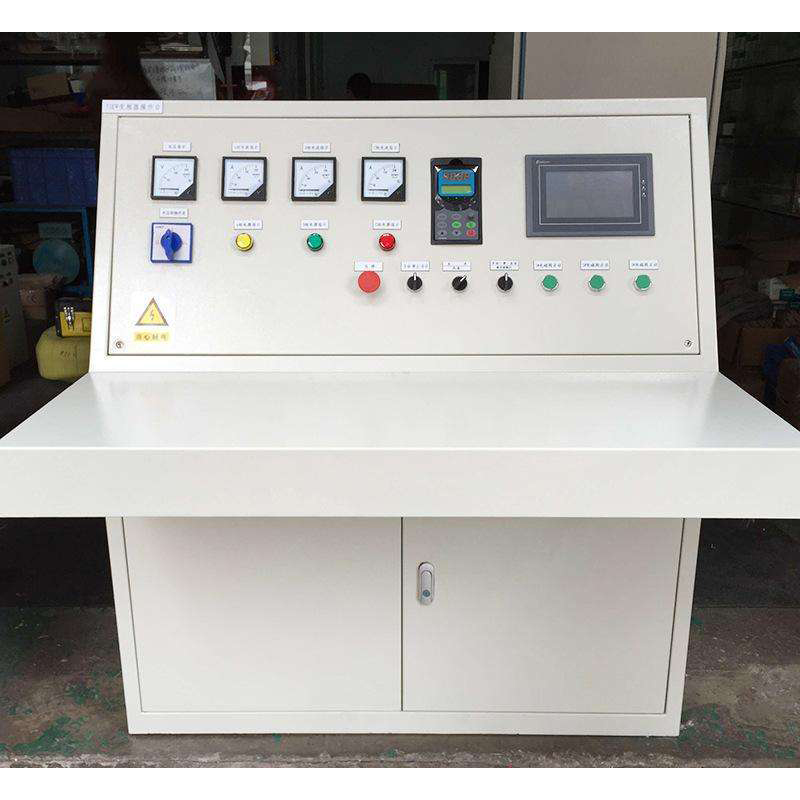
Nov . 28, 2024 02:10
Back to list
Understanding Gas Pressure Tanks and Their Applications in Modern Systems
Understanding Gas Pressure Vessels Safety, Design, and Applications
Gas pressure vessels are critical components in various industries, utilized to store and manage gases under pressure. Due to their inherent dangers, understanding their design, safety measures, and applications is essential for engineers, technicians, and operators who work with them. This article delves into the concept of gas pressure vessels, discussing their construction, safety precautions, and real-world applications.
What is a Gas Pressure Vessel?
A gas pressure vessel is a container designed to hold gases at a pressure significantly different from the ambient pressure. These vessels can be constructed from various materials, typically metals, that can withstand the forces imposed by the high-pressure gas inside. The design of pressure vessels adheres to specific codes and standards to ensure safety and reliability, with ASME (American Society of Mechanical Engineers) boiler and pressure vessel code being one of the most widely used.
Design and Construction
The design of gas pressure vessels must account for several factors, including the type of gas being stored, temperature fluctuations, and the anticipated pressure levels. An essential consideration in the design process is the selection of materials. Common materials include carbon steel, stainless steel, and aluminum, which offer a balance of strength, corrosion resistance, and cost-effectiveness.
The construction process involves machining, welding, and assembling the vessel to meet stringent engineering standards. Engineers often perform stress simulations to predict how the vessel will behave under various conditions, providing insights into potential failure points and areas that require reinforcements.
Safety Considerations
Safety is the foremost concern when dealing with gas pressure vessels. High-pressure gases can lead to catastrophic failures if not properly managed. To mitigate risks, several safety measures are implemented
.
2. Regular Inspections Routine inspections and maintenance are critical in identifying wear and tear, corrosion, and other potential issues before they lead to failures.
وعاء ضغط الغاز

3. Testing Protocols Before a gas pressure vessel is put into service, it undergoes rigorous testing, such as hydrostatic testing, to ensure it can withstand its designated operating pressure.
4. Training and Certification Personnel operating or working near gas pressure vessels should receive appropriate training and certification. This knowledge equips them to handle emergencies and maintain equipment correctly.
Applications Across Industries
Gas pressure vessels find applications in numerous sectors, reflecting their versatility and importance.
1. Oil and Gas Industry They are commonly used for the storage and transport of natural gas and other hydrocarbons. Compression stations utilize high-pressure vessels to transport gas safely over long distances.
2. Chemical Manufacturing Many chemical processes require the storage of gases at specific pressures. Pressure vessels are integral to the production of chemicals and fertilizers, ensuring safe handling of volatile substances.
3. Food and Beverage Carbonation in beverages involves storing carbon dioxide under pressure. Specialized pressure vessels ensure that the carbonation process occurs safely and efficiently.
4. Medical Applications Hospitals use gas pressure vessels to store medical gases such as oxygen and nitrous oxide. Proper storage is vital to maintain the integrity and availability of these critical gases.
Conclusion
Gas pressure vessels are fundamental in several industries, making the understanding of their design, safety protocols, and applications indispensable. Ensuring safety and efficiency requires adherence to strict standards and regular maintenance. As technology advances, innovations in materials and design will continue to enhance the safety and functionality of gas pressure vessels, ensuring they meet the demanding needs of modern industry while prioritizing safety and reliability. Understanding these mechanisms fosters a safer working environment and contributes to the overall efficiency of operations involving pressurized gases.
Latest news
-
Safety Valve Spring-Loaded Design Overpressure ProtectionNewsJul.25,2025
-
Precision Voltage Regulator AC5 Accuracy Grade PerformanceNewsJul.25,2025
-
Natural Gas Pressure Regulating Skid Industrial Pipeline ApplicationsNewsJul.25,2025
-
Natural Gas Filter Stainless Steel Mesh Element DesignNewsJul.25,2025
-
Gas Pressure Regulator Valve Direct-Acting Spring-Loaded DesignNewsJul.25,2025
-
Decompression Equipment Multi-Stage Heat Exchange System DesignNewsJul.25,2025

